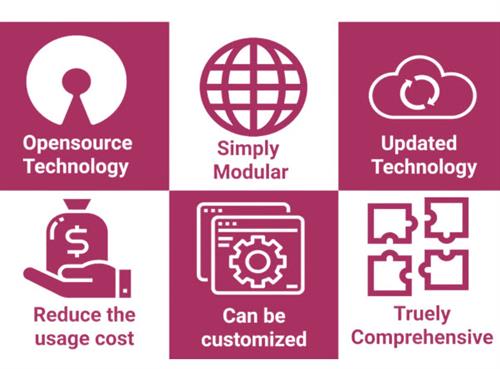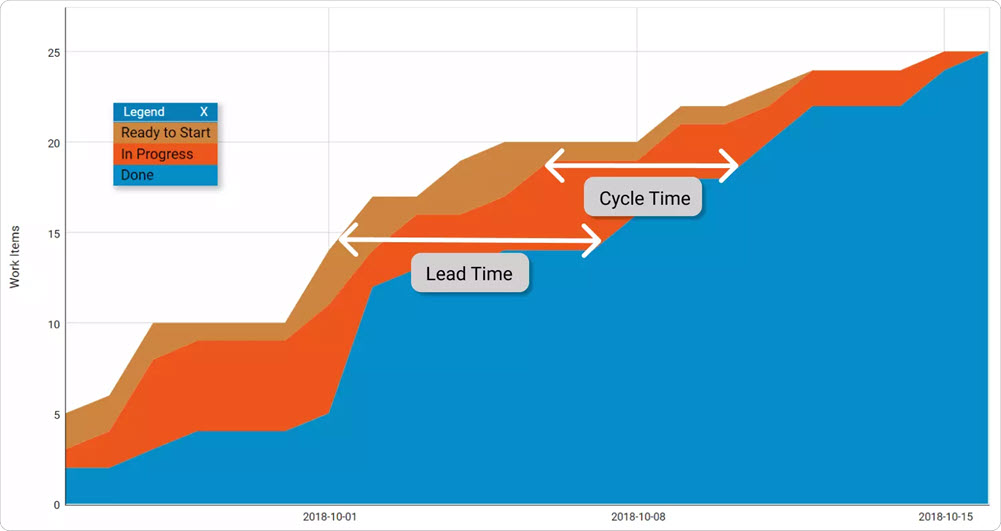
What are differences between No Code, Low Code and Custom Code Development?
Last updated: January 23, 2024 Read in fullscreen view
- 05 Jul 2020
 What is Sustaining Software Engineering?
What is Sustaining Software Engineering? - 20 Mar 2022
 What is a Multi-Model Database? Pros and Cons?
What is a Multi-Model Database? Pros and Cons? - 21 Dec 2023
 Top 12 Low-Code Platforms To Use in 2024
Top 12 Low-Code Platforms To Use in 2024 - 03 Jul 2022
 What is the difference between Project Proposal and Software Requirements Specification (SRS) in software engineering?
What is the difference between Project Proposal and Software Requirements Specification (SRS) in software engineering? - 01 Oct 2020
 Fail fast, learn faster with Agile methodology
Fail fast, learn faster with Agile methodology
Low Code/ No Code is a way to develop applications without coding expertise. Whereas, the traditional approach i.e. custom coding involves a tech-minded who with their expertise and experience steers the software development ship effortlessly.
Comparison Between No Code, Low Code and Custom Code Development
-
What is Low-Code Development?
With Low-code developers can build applications via a drag-and-drop visual interface. The modules are pre-maid and automatically talk to one another. No-code/low-code platforms refer to the software used to develop business applications without writing any code or requiring any programming experience whatsoever.
Low-code/no-code platforms are a great solution as they offer multiple advantages such as accessibility to the masses, speed, and affordability. These platforms provide a strong visual software interface that enables users to construct applications with simple-to-use features like –
- Drag and drop modules
- Spreadsheet imports
-
What Is No-Code Development?
No-code development is a platform used to build applications without any coding. Users do not need any coding experience to build applications. It allows programmers and non-programmers to create software applications. This view is closely related to programming languages. The speed and agility to run businesses have increased the demand for no-code development. Let’s look at why we use these platforms now that we have a better understanding of no-code development.
-
What is Custom App Development?
Custom application development refers to the creation of software applications to fulfil specific business needs for a group of users in mind. The custom apps are personalized applications to address the specific needs of users to more conventional and standard custom software applications used by most people. Custom software is mostly developed to fill the gap with features absent in other available off-the-shelf versions.
When someone wants to create a special app product concept OR start their own app business, they must invest in custom app development. Low-code app platforms should never be used in such circumstances.
Low-Code or Custom-Code? What’s Good For Your Business?
A low-code platform enables new users to make important decisions. Users should be aware of the difficulties and risks that come with the platform. But custom app development enables custom app developers to interact with custom apps without knowing enough about what they are doing. When difficulties arise, they are resolved quickly because the developer is only a call away or close enough.
Custom app development is ideal for businesses that deal with sensitive data because of its security. Unlike low-code platforms, here, it is possible to sync your system security with custom apps.
Will custom software be dead soon?
Amid the rising trend of low code/no-code solutions, is the death knell being sounded for custom software development as the preferred option? Far from it. Custom software development has its own distinctive place and low-code solutions cannot meet every business scenario.
Some business use cases require open-ended thinking. This means that functionality and structure can be open to change based on market needs or changing business strategies. Custom software solutions can adapt to such an undetermined structure whereas a low-code platform is highly structured and rules itself out for such use cases.
Similarly, if an application requires a high level of specialized interactivity then traditional software development is the choice. Most advanced apps have numerous features with a high level of personalization. Many businesses prefer to develop an MVP (minimal viable product) using a low-code platform so that they can quickly test the market for the application. Based on the inputs they collect, they might go in for an advanced product using a full team of developers.
There will always be innovation and the emergence of disruptive technologies that will require engineering effort. While low-code platforms will free up developers to work on more specialized solutions, the truth remains that software developers are not going to be replaced and Custom software development is here for the long run. The business software solutions as we know them today might evolve and change but both will co-exist.
Avoid costly IT project hiccups with low-code and no-code platforms
In a laudable effort to not reinvent the wheel, most IT projects are built on third-party software. Rather than choose the most expedient application that addresses the issue at hand, IT teams would do well to carefully evaluate the framework being considered for integration and scalability:
- Integration refers to how easily the application exchanges information with existing systems within the organization. Is the application flexible enough to easily extend across the organization? How easy is it to apply the necessary business rules, workflows, access permissions, and data models? Can these processes be easily customized and changed as business needs evolve?
- Scalability: refers to how well the application handles growth. How many concurrent users and what size of database will the application handle without noticeably slowing down? As ENKI discovered, poor system performance often translates to unacceptable customer experience.
Integration, adaptability and scalability are more advantages low-code and no-code platforms offer over traditional code-based systems.
Ultimately, in a fast-moving business world that is increasingly driven by digital innovation, the transition from code-heavy systems is inevitable. Those organizations that invest in low-code and no-code solutions first will benefit from the ability to reap the competitive benefits of deploying digital technologies without financially-draining hiccups.





















